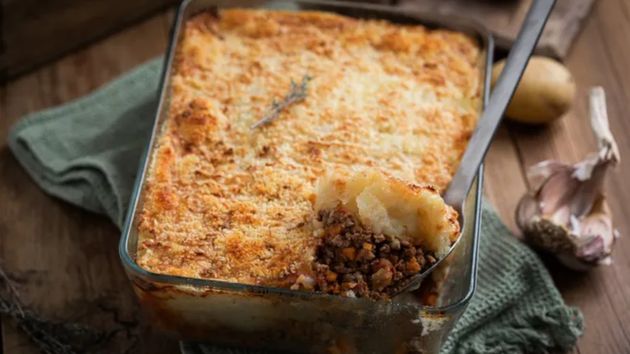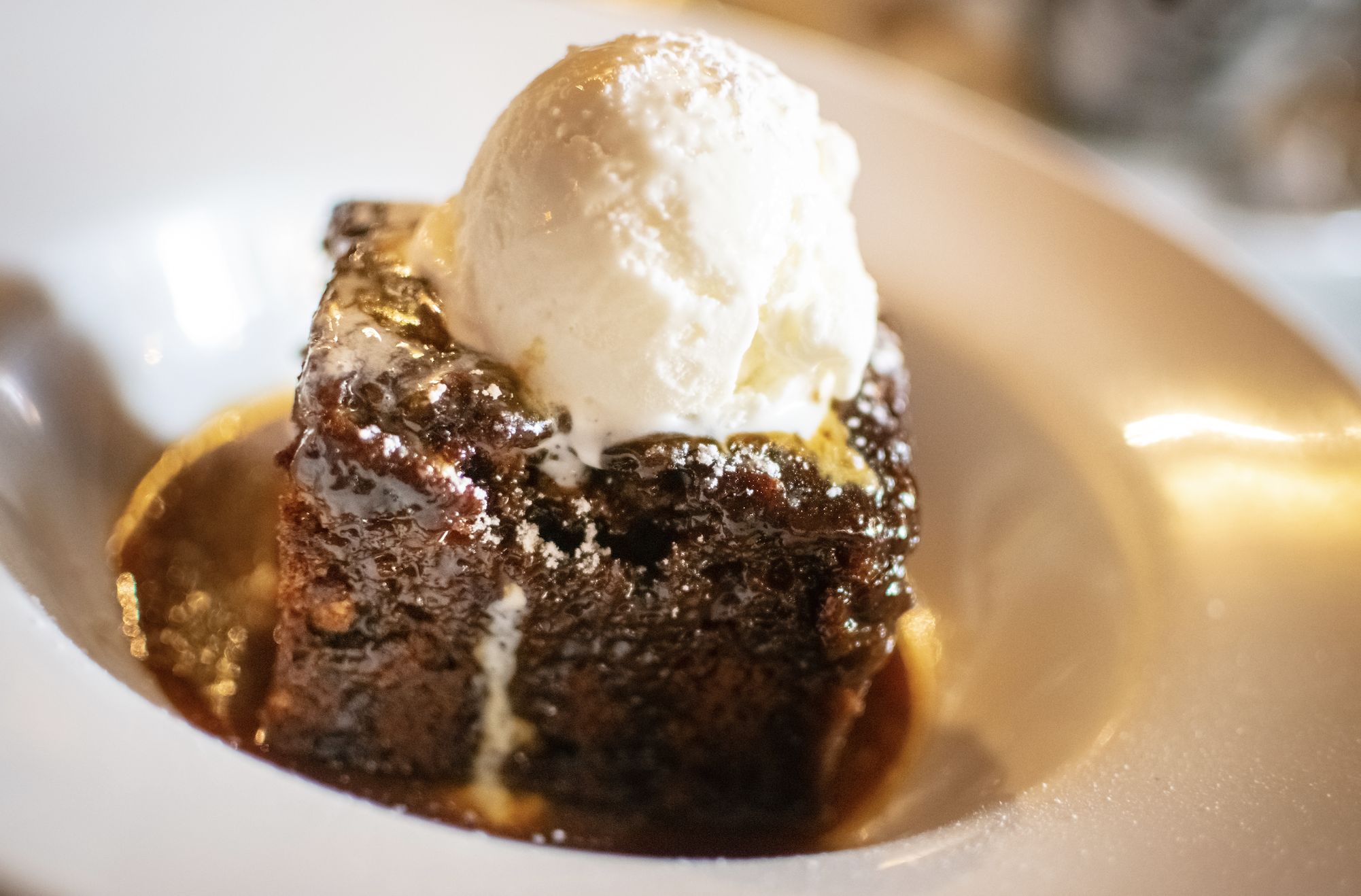I spent way too many years unsure what the difference between a shepherd’s pie and a cottage pie was.
The answer is embarrassingly obvious ― shepherd’s pie uses the lamb that the… erm… shepherds would have looked after back in the day, while cottage pie typically uses beef.
But by that logic, why isn’t the mash-topped delight called a “rancher’s pie” or a “cattle pie”?
I’d even settle for “farmer’s pie.” But what’s a “cottage” got to do with it?
‘Cottage pie’ actually came first
According to Brittanica’s online encyclopedia, “cottage pie” used to be a catch-all term for spud and meat pies made by working people.
The term appears in British cookbooks as far back as the 1700s, they say.
“Cottage pies” got their names because “the humble dwelling named suggesting the frugal use of ingredients, often leftovers,” Britannica adds (a bit like “campfire stew”).
Traditionally cottage pies were surrounded by sliced potatoes rather than just topped with mash.
Shepherd’s pie is a “variation” on this original recipe, which first appeared in a cookbook in 1862; shepherd’s pie apparently first had an extra flour and water crust on TOP of the spud layer.
The first recipe which called the shell-covered pie “shepherd’s pie” was written in 1877.
There are lots (and lots) of variations
Chef Jamie Oliver’s site says that a Chilean version of the dish called “pastel de papa” also contains boiled eggs, raisins, and black olives.
There’s even a “Cumberland pie,” which is made by adding breadcrumbs on top of the mash (yum).
As a general rule, Britannica says the term “shepherd’s pie” is more forgiving than “cottage pie.”
The latter has to contain beef; as lamb “shepherd’s pies” have become rarer and rarer, the term has grown to contain other fillings, including meatless ones.
Ironically, the name which originally described a “make do” mentality has become the stricter term; “shepherd’s pie” now “essentially affords a vehicle for home cooks to use leftovers from previous meals in a pleasing way.”






